Neurological Assessment
This is Mike, a 42-year-old corporate executive who is having an outpatient surgery procedure. Prior to the procedure the outpatient surgery nurse must perform a neurological assessment.
The procedure, in itself, is a fairly simple one but requires adequate training, experience, and a keen eye for detail which comes from thorough practice. MedVR Education’s VR simulations are designed to help learners practice and polish their skills to perform the procedure with expertise.
This multiplayer VR simulation is equipped with voice-chat facility, enabling learners from different locations to converge and converse in a common virtual space. They get to work together and share experiences and knowledge.
- Perform Glascow Coma Score assessment
- Perform pupil and eye movement assessment
- Perform motor function assessment
- Perform reflex assessment
- Perform sensory function assessment

- The Joint Commission. (2019). Standard NPSG.07.01.01. Comprehensive accreditation manual for hospitals. Oakbrook Terrace, IL: The Joint Commission. (Level VII)
- Thompson, H. J. (2009). “Neurologic assessment of the older adult: A guide for nurses”
Customize Your Program
Get rid of the editor. Adopt in-VR customization.
MedVR Education is bringing to you in-VR customization that will enable you to customize your procedural simulations by making selections from a range of feature choices.
- Select patient from a diverse background
- Choose preferred virtual environment
- Select equipment used in the procedure
- Modify difficulty level of the assessment mode
- …..many more to come
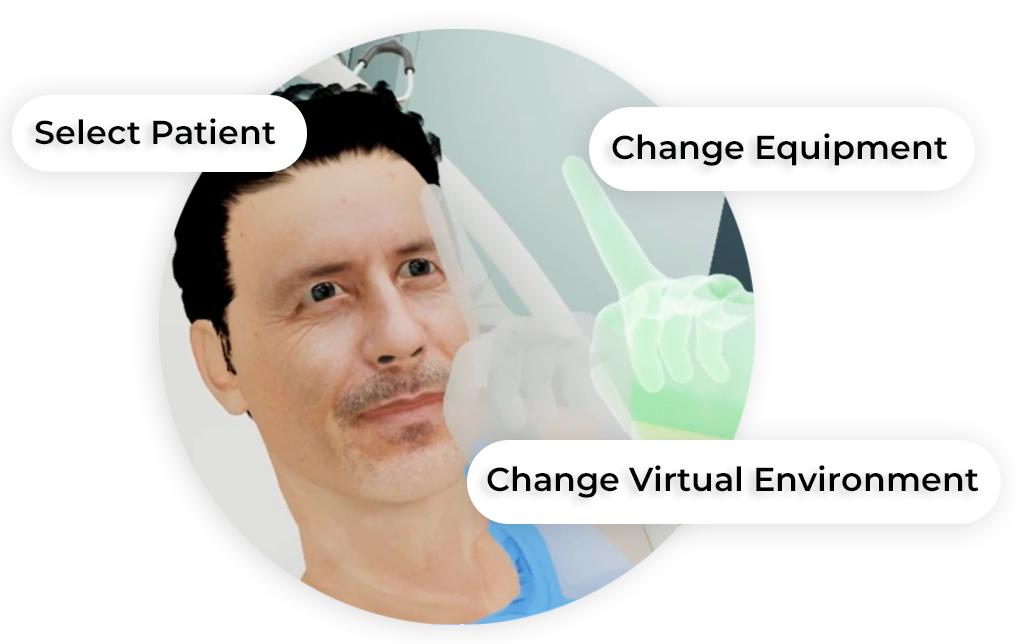
 Multi-player
Multi-player
Sessions Physics-Based Interaction
Physics-Based Interaction
Core Skills Training
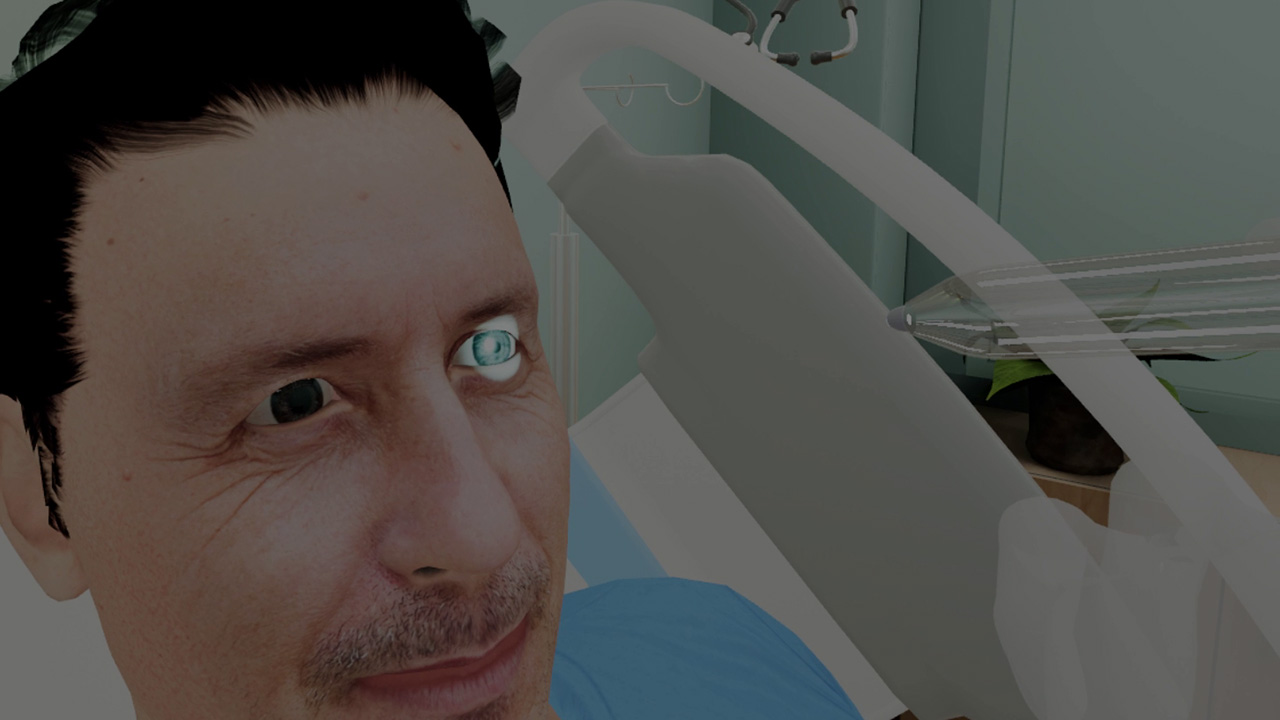
Consciousness and Motor Function
A patient’s level of consciousness is assessed using the Glasgow Coma Scale. But before the procedure in initiated, required material needs to be gathered and the identity of the patient established. All required affordances are made available for a smooth execution of the procedure. A predefined step-by-step assessment process is carried out, assessing the patient on eye movement, motor functions, and body reflexes. The program includes constant guidance in the training session, helping learners at every step of the process and encouraging the completion of the entire procedure.
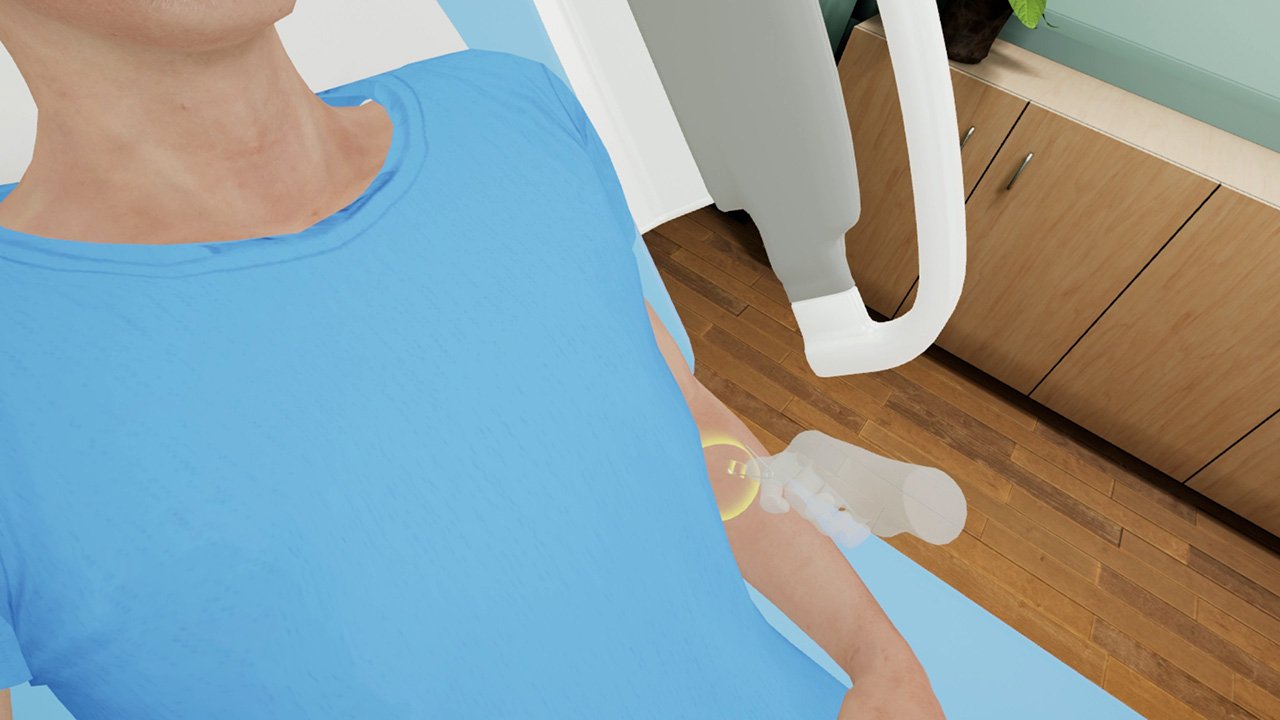
Sensory Function
Evaluating sensory functions includes pricking defined parts of the body using a sharp or dull needle and touching with cotton swabs. The course is designed to help learners practice each step in a pre-defined order. Guidance with regular prompts is provided throughout the training session to encourage learners to complete all the steps.
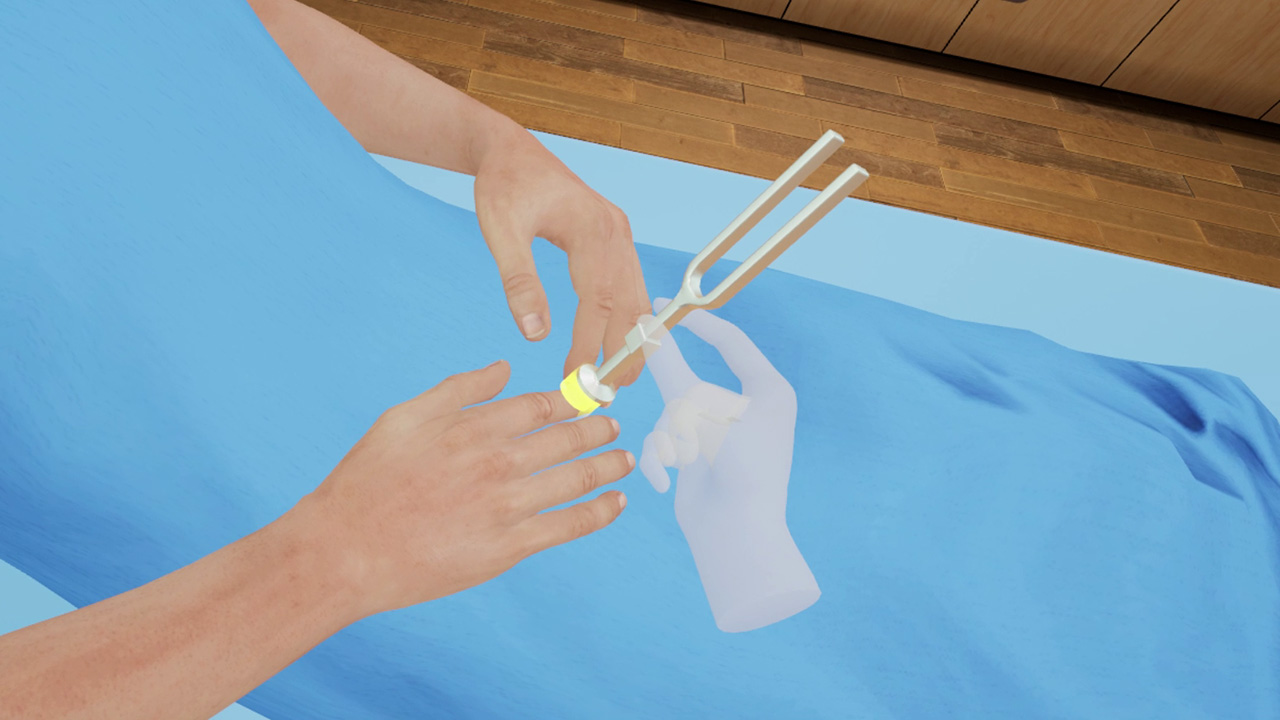
Proprioception
The virtual patient’s sense of vibration and proprioception (perception of the position of the body) are tested in this module. Affordances like tuning forks and paper clips are provided to help the user complete the tasks. Regular instructions guide the user throughout the session and encourage learners to complete all the steps in the procedure.
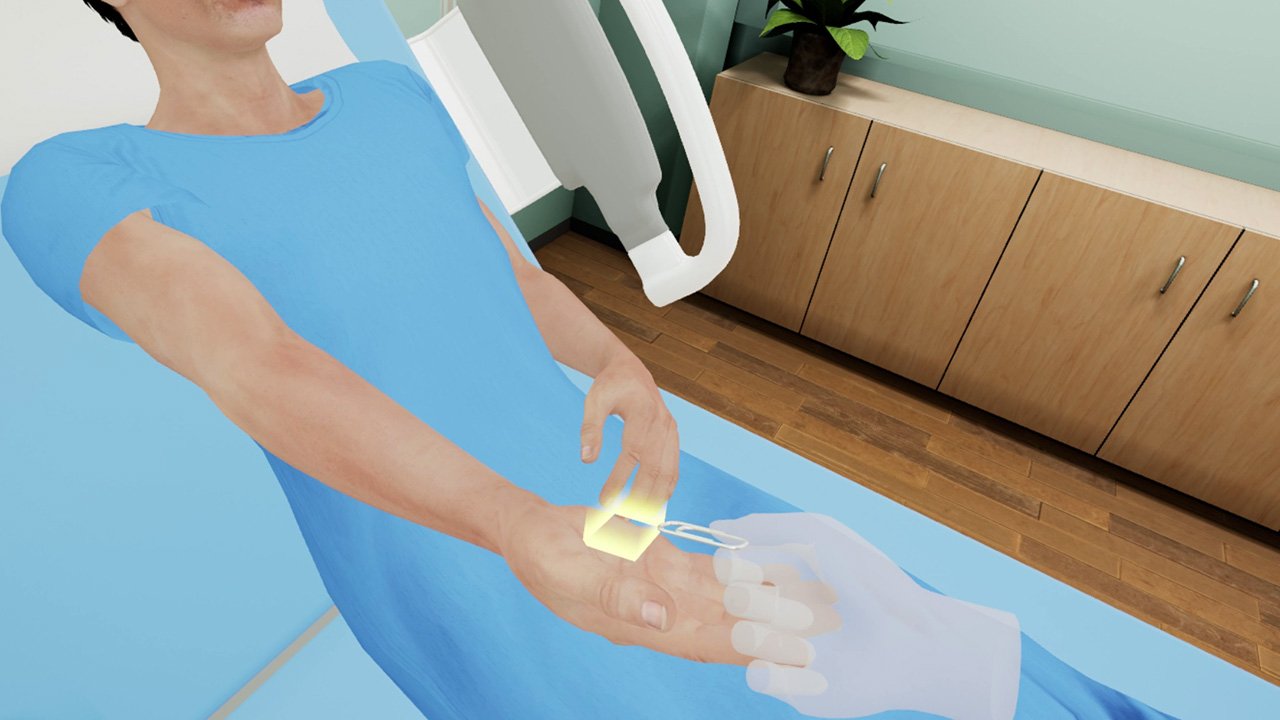
Sensation Test
This module is designed to help learners practice the sensation test on a virtual patient. Using a paper clip, the users are required to touch different parts of the patient’s body with either one point or both points. A systematic method of conducting the test is laid out and with thorough practice learners can perform the task with confidence and efficiency. The module contains detailed guidance to complete the task.






